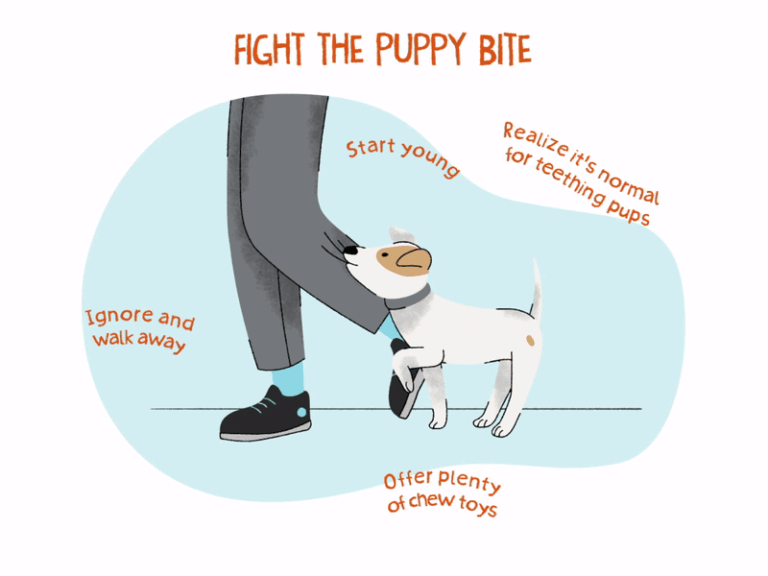
There are a few steps to take after being bitten by a dog. Here are some of the symptoms and treatment options available to you.
The veterinarian may also recommend a tetanus shot if you have not been immunized within the last five years. Moreover, the provider may also give you an antibiotic prescription through a vein. A bad bite can even necessitate surgery to repair the damage.
Symptoms
Usually, your veterinarian will prescribe antibiotics in the event of a dog bite if the wound is large, deep, or has penetrated the skin. For a minor dog bite, your veterinarian will prescribe topical antibiotics, but for a more serious case, he or she may give you a broad spectrum antibiotic, or antibiotics for a longer period of time. Taking antibiotics as soon as possible will help reduce the risk of serious infection, and will be safe for you and your dog.
While most bites from dogs are not serious, a bacterial infection can be severe enough to cause an outbreak. Most animals bite humans, but children are more likely to be bitten by a dog than an adult. High-pressure irrigation may help reduce bacterial counts more effectively and drive the infectious agents deeper into the skin. If the wound is deep and has multiple layers of skin, the infection can be a difficult one to treat.
Treatment
There are a number of effective antibiotics available for the treatment of dog bites. Prophylactic antibiotics are not recommended for typical bite wounds, because the bacterial burden is usually low. The only scientific data available for antibiotic choice is in vitro sensitivity testing, which is a crude representation of clinical reality. Antibiotic efficacy in vivo depends on factors such as absorption, tissue levels, and the interrelationships between bacterial species. Amoxicillin and clavulanate are the first-line therapy for dog bites.
The most common complication after a dog bite is an infection of the wound. The skin around the bite often becomes inflamed, swollen, and painful. In addition, bacteria may enter the bloodstream through the wound and cause a serious infection in the rest of the body. Therefore, you should see a doctor if you experience a high fever or shivers within a week of the bite.
Complications
Medications to treat a dog bite should only be prescribed if there are signs and symptoms of infection. In severe cases, antibiotics are required to prevent sepsis, which is a potentially fatal infection. Although dogs rarely bite humans, the bacteria that they carry on their skin or in the nose can infect the body. As a result, the infection can be severe and lead to a variety of complications, including septic shock, liver failure, and kidney failure. If the bite has been deep or a large one, an antibiotic is needed to treat the infection. The bacteria can also be present in visible wounds that are contaminated with dirt and blood.
When a dog bites a person, its teeth can tear the skin or compress tissue. The bite may be deep, and if the dog has not been vaccinated in the last five years, it may be necessary to have stitches in the wound. If the bite is particularly deep, the vet may even recommend a tetanus shot. If a dog bite is more serious, a healthcare provider may recommend antibiotics that are given by mouth.
Precautions
During treatment of the wound, veterinarians often prescribe antibiotics. These antibiotics can either be topical or administered through a vein. In severe cases, they may prescribe a broad spectrum of antibiotics. The longer the antibiotics are administered, the lower the risk of a serious infection. The dosage of the antibiotics depends on the severity of the wound. If the wound has penetrated the skin, the veterinarian may recommend the use of antibiotics for at least six hours after the bite occurred.
In a recent study, researchers at the University Hospital of North Midlands NHS Trust found that almost 20% of patients with dog bites were incorrectly prescribed the wrong type of antibiotics. Antibiotics prescribed to non-severe dog bites tended to result in high levels of bacterial resistance. Changing these guidelines led to improved compliance with antibiotic prescribing, reduced costs, and patient suffering. Clearly defined guidelines are essential to achieving the desired outcomes.
Side effects
The routine use of antibiotics to treat dog bite wounds has a number of side effects. A meta-analysis found little benefit to routine antibiotic prescription for dog bite wounds, although it did find a small reduction in overall infection rates. Several studies examined the effects of antibiotics on dog bite wounds by using rigorous wound care regimens and large volume irrigation. One study in the UK found that only 10% of emergency departments routinely irrigate dog bite wounds, while 71% routinely prescribe antibiotics.
If a dog bite wound is not infected, a veterinarian will prescribe a broad-spectrum antibiotic, such as amoxicillin-clavulanate or piperacillin-tazobactam. Infection-related side effects of co-amoxiclav include delayed healing and a greater risk of serious infection. However, these side effects can be avoided if you follow the veterinarian’s advice and start treatment within six hours of the dog bite.








